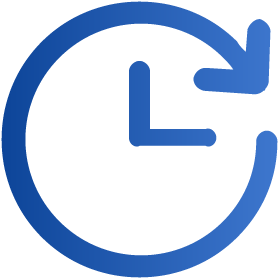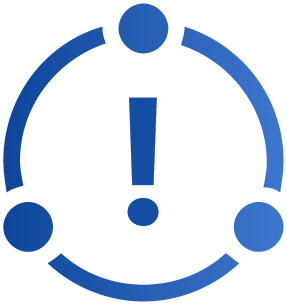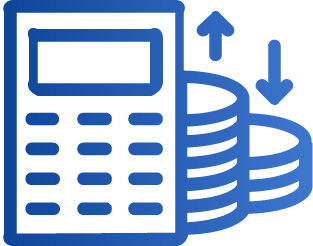

 Difficulties in sorting standardization
Difficulties in sorting standardization Sorting pharmaceuticals requires adherence to specific specifications and standards. However, due to the wide variety of medication types and sizes, manual sorting struggles to ensure a consistent level of standardization, often leading to misclassification or missed sorting.
 Pharmaceutical sorting lacks sufficient speed
Pharmaceutical sorting lacks sufficient speed Due to the need for high accuracy in pharmaceutical sorting, manual sorting often results in slow speed, limiting the improvement of sorting efficiency.
 Low level of informatization
Low level of informatization The pharmaceutical sorting industry currently lacks the widespread adoption of information technology to assist in the work. This leads to difficulties in handling various relevant information, making pharmaceutical management, traceability, and source tracking challenging.
 High human resource costs
High human resource costs Manual sorting relies on a certain amount of human resources, and labor costs are higher in highly industrialized regions, which can affect the profitability of enterprises.